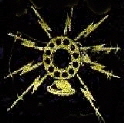
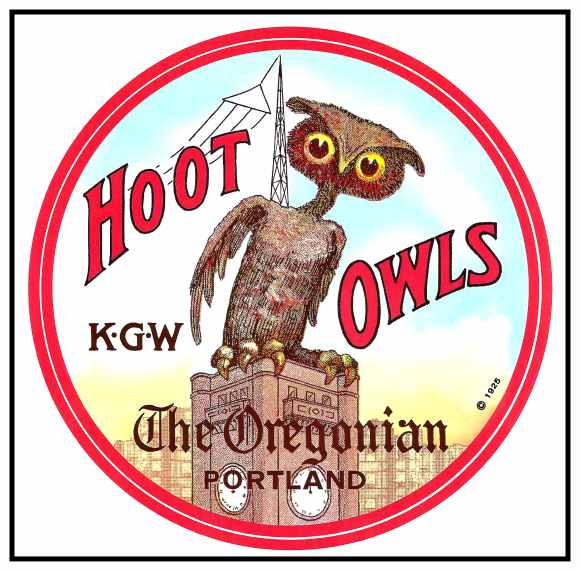
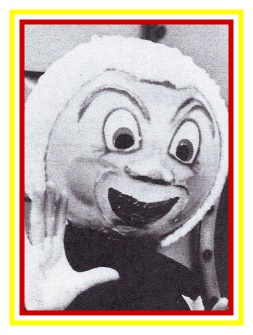
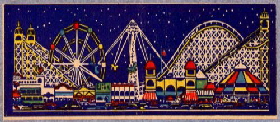

 |
 |
 |
 |
|||||
 |
||||||||
|
|
||||||||||||||||||||||||||||||||||||
|
Commercial Street was the heart of Astoria, Oregon, which is the oldest settlement west of the Rocky Mountains. |
|
Lewis & Clark stayed near present day Astoria during the winter of 1805-06, and built Fort Clatsop for shelter. Clatsop County was named for the Clatsop Indians, one of many Chinook tribes living in Oregon. Members of the Pacific Fur Company, owned by John Jacob Astor, arrived in March of 1811 and established Fort Astoria. Several years later, the company failed, and the fort and fur trade were sold to the British in 1813. The fort was restored to the U.S. in 1818, though the fur trade would remain under British control until American pioneers following the Oregon Trail began filtering into the port town in the mid-1840's. In 1847, the first post office west of the Rockies was established in Astoria by James Shively. The first U.S. Customs house was established in Astoria in 1849. In the late 1800’s, Astoria’s salmon canneries, forest and shipping industries turned the area into the liveliest boom town between Seattle and San Francisco. Immigrants came from Finland, Scandinavia and China, expanding the area’s culture as well as its economy. Captain George Flavel founded the Columbia River Bar Pilots and he was one of the first pilots to receive a license to navigate the bar . He built the Flavel Mansion in 1885, now open to the public as the Flavel House Museum. |
|
|
Snow covered Astoria’s Commercial Street in 1907. |
|
|
In 1854, Astoria became the Clatsop County seat. Astoria Electric Company’s streetcars line up for service at the Clatsop County Courthouse circa 1912. |
|
|
Astoria Electric Company’s Car No. 7. |
|
|
Pacific Power & Light Company serves customers all over the West today, but they started serving Astoria first, with car 14, which was bound for the Alderwood District. |
|
|
Early view of rail construction along Astoria’s waterfront. |
|
|
Fishing has always been a significant part of Astoria’s economy. |
|
|
Astoria welcomed the world to its Centennial Celebration in 1911. |
|
|
Commercial Street was lighted to celebrate the Centennial Celebration. |
|
|
Many thousands of lights were used to light up Astoria for the Centennial Celebration. |
|
|
Commercial Street looking east with a Weinhard’s-Astoria Coach on the right. |
|
|
Early surreal view of Astoria. |
|
|
Astoria’s City Hall, which was built in 1904, now houses the Clatsop County Heritage Museum. |
|
|
First National Bank in Astoria. |
|
|
The new Weinhard Astoria Hotel about 1910. |
|
|
Check in at the Hotel Astoria. |
|
|
When the circus came to town, the Hotel Astoria seized the opportunity to create this promotional post card. |
|
|
Astoria’s Commercial Street in the mid 1920s. |
|
|
Astoria’s Commercial Street in the 1930’s showing Pacific Power & Light Company on the left and Eastern Outfitting Company on the right. |
|||||
 |
|||||
|
The Astor Column, in a wooded park atop Astoria's highest hill, presents a spectacular view of the historic city and its surrounding rivers, bay, forest, mountains, and ocean. The Astoria Pioneer Column, built in 1926, is 125 feet high and has 164 steps winding to the top. It was the dream of the President of the Great Northern Railway, and it was patterned after the Trajan Column in Rome. The Great Northern Railway never made it all the way to Astoria. |
|||||
|
|
View of the Train Trestle where the train ran for several miles on the way to Astoria. |
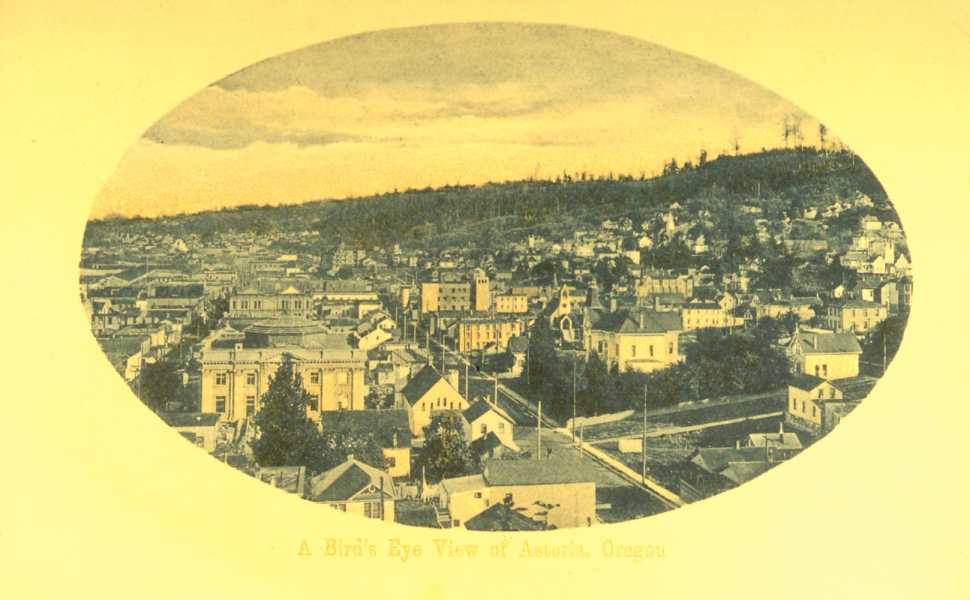 |
|
A birdseye view of Astoria Oregon. |
|
Astoria’s historic buildings are fairly well preserved. They have been maintained well and most of the buildings in this view are still there today. |
|
Last updated 10-26-16 |
|
copyright © 2017 PdxHistory.com |
| [Portland History] [Site Map] [Amusement Parks] [Historic Portland] [Department Stores] [Streetcars] [Railroads] [Mt Hood] [Oregon Coast] [Astoria] [Post Card History] [Portland Hotels] [Portland Neighborhoods] [Getaways] [Contact Us] |